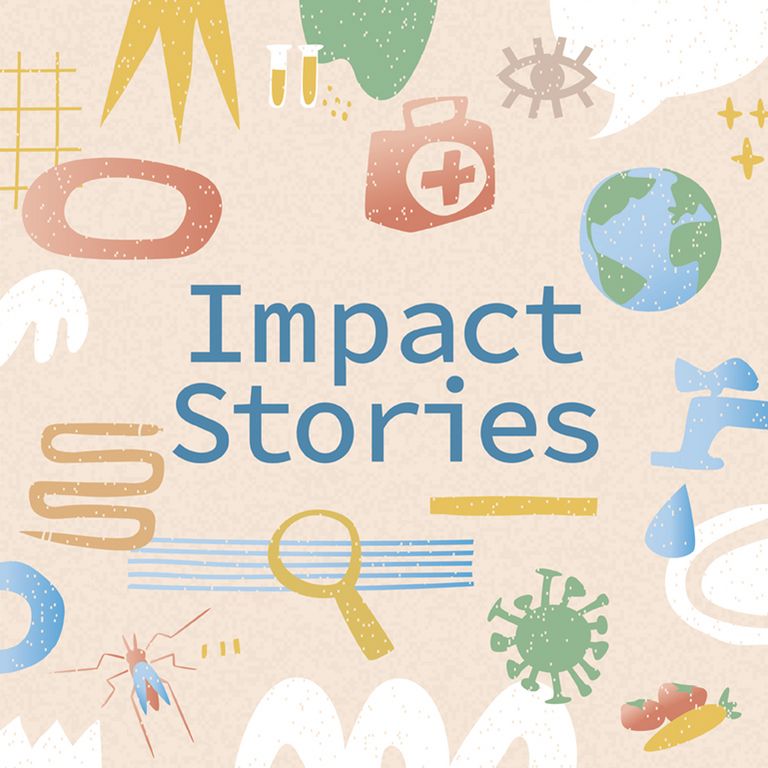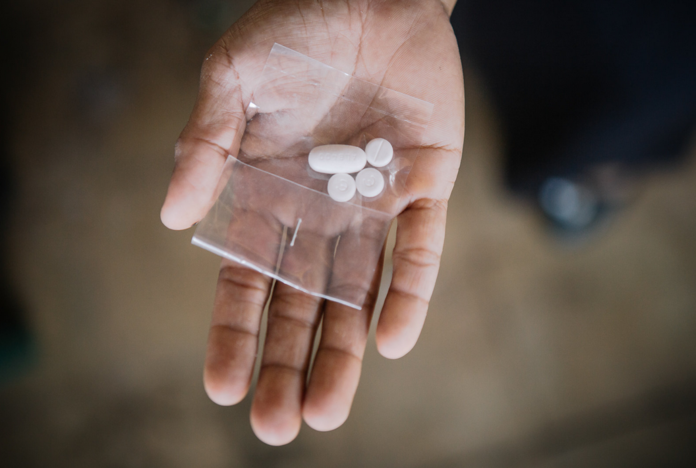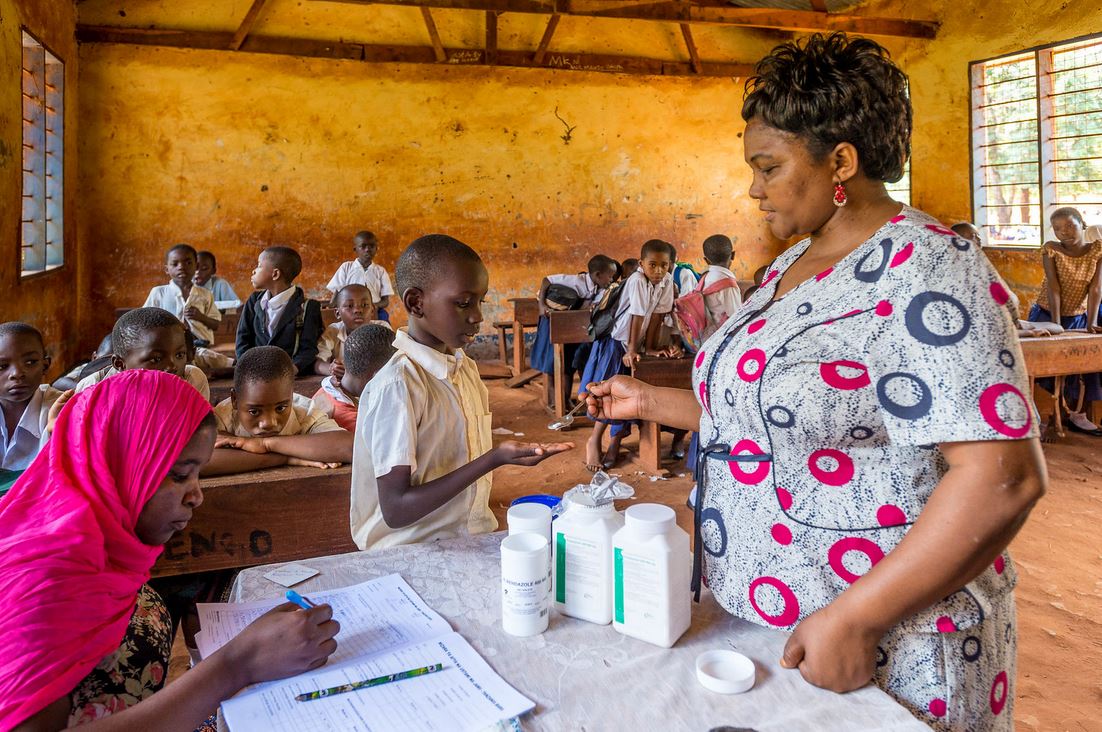


Over the past 25 years, huge progress has been made in the prevention, control and elimination of parasitic worm infections, which affect more than a billion people worldwide and pose a considerable public health burden. Mass drug administration mainly targeting school-aged children, facilitated by public-private partnerships and donations of billions of deworming drugs by pharmaceutical companies, played a key role. However, with declining infection rates and pharmaceutical companies considering an end to the large-scale drug donations, it is time to reflect on a "post-donation era." Jürg Utzinger discusses a proposed paradigm shift based on a more targeted and versatile approach that aims to deliver the right drug at the right place for the right people.
“The worst form of inequality is to try to make unequal things equal.” – Aristotle
Since the new millennium, we have seen the establishment and massive scale-up of deworming campaigns, facilitated by innovative public-private partnerships and billions of donated medicines by pharmaceutical companies. Along with social and economic development and improvement in water, sanitation and hygiene, the large-scale deworming campaigns have made significant strides in reducing infection rates of parasitic worms and their public health burden has been greatly reduced.
However, with pharmaceutical companies considering an end to these drug donations, we need to get ready for a “post-donation era.” This shift requires sustainable solutions to keep treatment accessible for those in need. The question is now: How do we ensure continued access to effective treatments in a way that is both sustainable and equitable?
Moving beyond mass deworming
Parasitic worms—or helminths—affect over a billion people worldwide, mainly in low- and middle-income countries. These infections can lead to severe health issues such as malnutrition and impaired cognitive and physical development. School-aged children, as well as preschoolers and women of reproductive age, are particularly vulnerable to parasitic worm infections.
Mass drug administration (MDA), usually targeting school-aged children and sometimes entire populations, has been a cornerstone of the global control strategy against parasitic worm infections. In endemic areas, school-aged children are treated without prior diagnosis. However, this one-size-fits-all strategy is less and less appropriate in a rapidly changing landscape of neglected tropical diseases. To address the dual challenges of reaching those most in need and ensuring programme sustainability, we must adopt a more targeted and versatile approach, delivering the right drug at the right place for the right people.
A tailored strategy that is data-driven and evidence-based to identify where the need is greatest, will ensure that limited resources are allocated most effectively. This could involve transitioning to a “precision health” approach, similar to strategies evolving in other areas of global health. Such an approach would require continuous surveillance and epidemiological monitoring to focus treatments on those at highest risk of moderate-to-heavy infections, where the potential for negative health impacts is greatest.

Towards a “post-donation era”: What comes next?
As pharmaceutical donations are likely to decline in the near future, governments, public health authorities, the private sector and local communities will need to assume the costs and logistics of procuring medicines and make sure that people have access to these essential goods. In such a post-donation era, ensuring access to affordable, safe and efficacious treatments will be paramount. It is crucial to not only distribute available drugs, but also to tailor treatments to the specific parasites present and prevent the development and spread of drug resistance.
Moreover, a strategic focus on high-risk populations—such as children, women of reproductive age and communities in pockets of high transmission—will be essential to maximize the impact of our efforts. We must prioritize targeted deworming initiatives that leverage local data to identify those most in need and deliver the most efficacious drugs and drug combinations.
Investing in innovation is equally vital. Relying solely on existing drugs poses a significant risk of developing drug resistance, making it essential to pursue new therapies and combination treatments. By fostering research and collaboration among relevant stakeholders, we can ensure that we stay ahead of these challenges and continue to protect vulnerable populations.
Key policy shifts
To successfully navigate this upcoming phase in parasitic worm control, the global health community should focus on three key areas:
- Targeted deworming: Instead of blanket treatment, focus on high-risk areas and populations, such as children and women of reproductive age and those in regions with ongoing transmission.
- Tailored treatments: Utilize the most effective drugs for the specific parasitic worm infection in a given region. Move beyond reliance on broad-spectrum treatments like albendazole or mebendazole, which can have a sub-optimal effect against some parasite species compared to combination therapy with ivermectin or new compounds such as emodepside.
- Increased coordination and accountability: National governments must take ownership of these programmes and work closely with international partners to ensure sustainable interventions. Collaboration and partnership will be key to effectively distributing medicines and monitoring progress.

A paradigm shift for a healthier future
The era of one-size-fits-all approaches to parasitic worm treatment is over. As Aristotle’s quote reminds us, treating unequal things equally can perpetuate inequality. To further reduce the global burden of parasitic worms, we must shift to a more precise, data-driven and evidence-based approach that addresses the unequal distribution of infections and delivers the right drug at the right place to the right people.
By targeting those most in need, ensuring long-term affordability of treatments, and investing in innovative solutions to identify new broad-spectrum highly efficacious medicines and prevent the emergence and spread of drug resistance, we can create sustainable, equitable strategies that benefit millions.
The road ahead is winding, but with strategic shifts in policy and an emphasis on delivering the right interventions at the right time and place, we can continue making progress in the fight against parasitic worms. As we enter this new post-donation era, our collective goal must be to ensure that no one is left behind.